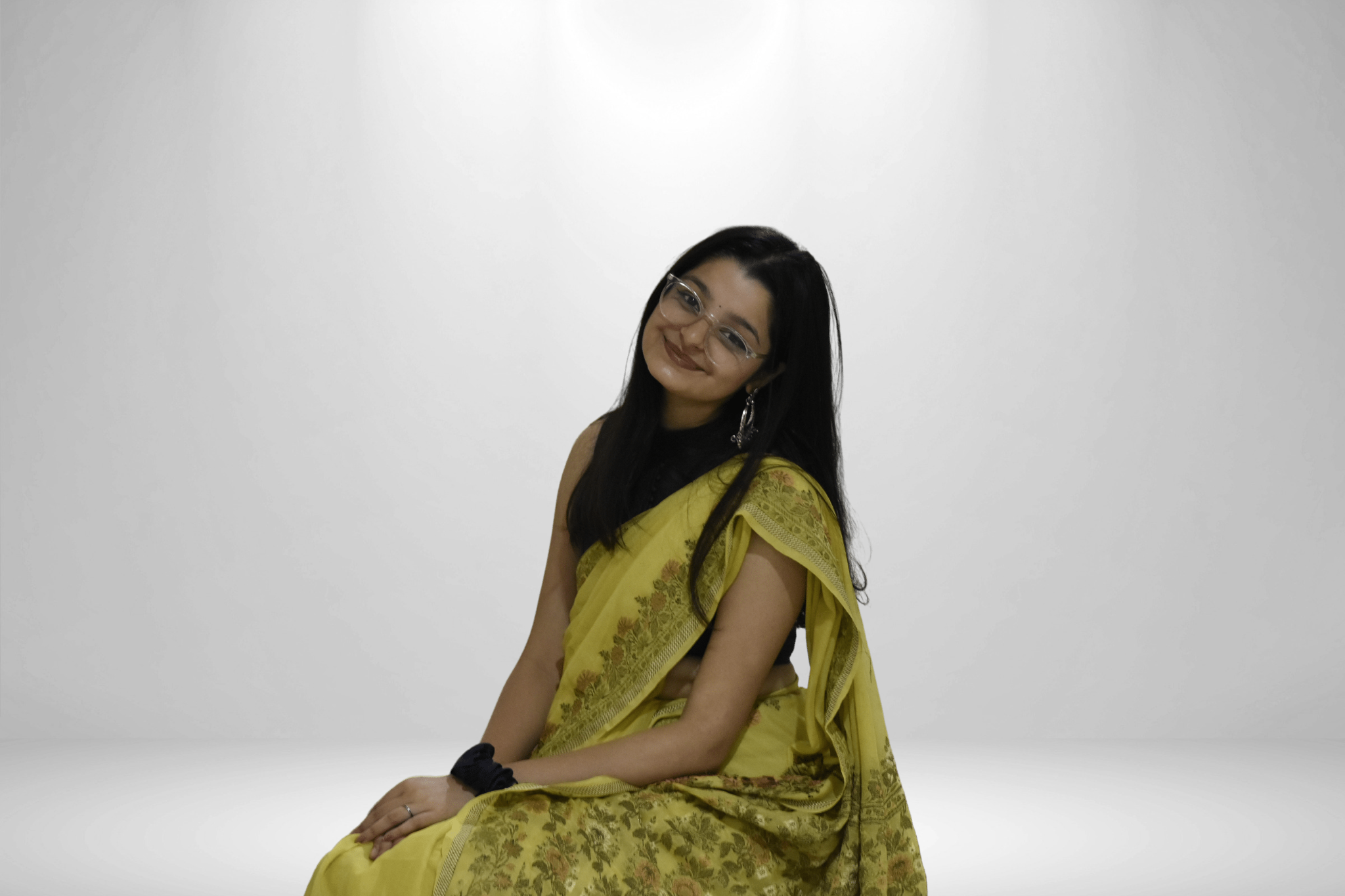Think of all the things that you have to do today. Now in this long list of tasks, would you rather spend your time and energy and focus on a video or would you play an upbeat playlist or listen to a podcast while your grind doesn’t stop?

Visual content, as one might expect, gains more traction due to the simple fact that it is more appealing to the eyes and feels engaging to the audience. While all of that is true, all forms of visual contents require a considerable amount of attention, focus and time. And in this world of short attention spans and the constant need to multitask, who has the time for that?
Audio has been considered the epitome of communication for a long time. The overwhelming stimulation and tiredness that one experiences while consuming visual content is where audio cuts through.
In the past few years, there has been an increase in people engaging in Audio Content Culture. Be it podcasts, audiobooks or even music, why is it that people are more inclined towards this in recent times? Inculcating any kind of audio content in your daily lives has little to no hindrance to your daily schedule and in a lot of cases increases productivity.
A study at University College of London has proven that audio content causes a more emotional response than video. As compared to a passive viewer, listeners of audio content stimulate their brain while imagining what they hear, hence developing a better connection to the material.
Other than that, emotions shine in people’s voices. On comparing facial expressions and voice modulations, a person's voice conveys a lot. The slight break in their voice, the small laughter they stifle, various levels of anger veiled in their voice.
Recent advancements in technology have also brought forth features like voice recognition and voice search optimization. Virtual assistants like Siri or Alexa help make searching and playing things more accessible and convenient. We all want better value from our time and audio helps us manage it efficiently and productively.
The unrivalled flexibility of music in our lives is no news. On average a person spends 12-15 hours a week listening to music, actively or passively. Videos can be more visual with a lot of splash but sound and music is more intimate and has more impact. It fits into our lives in small ways that videos can not.
Our brains tend to connect better with sound than it does with the video associated with it. Do you remember the whole advertisement for Nirma Washing Powder? But if you hear “Nirma, washing powder Nirma. Doodh ki safedi…” will you be able to sing the entire jingle? You might not remember what you had for breakfast yesterday but you will be able to recite so many of these ads line-by-line. That is the power of audio.
Other than the listeners or the audience, audio content is easier on a lot of artists too. Audio recording is less stressful and more enjoyable. The fear of being on screen or in front of an audience is eliminated for those struggling with stage fears or are introverted. They don’t have to worry about their angles, how they’re dressed, what lighting looks best and so many other things. This in turn helps them loosen up, be more expressive and eloquent.
In the age-old debate of Audio Vs Video, audio takes the lead. It’s easier and more accessible for both creators and listeners. Aural is built with the same vision, to make your voice heard in this world of avid listeners. Are you ready for Aural? Join the waitlist as the app launch is right around the corner!
Stay tuned for more blogs!
